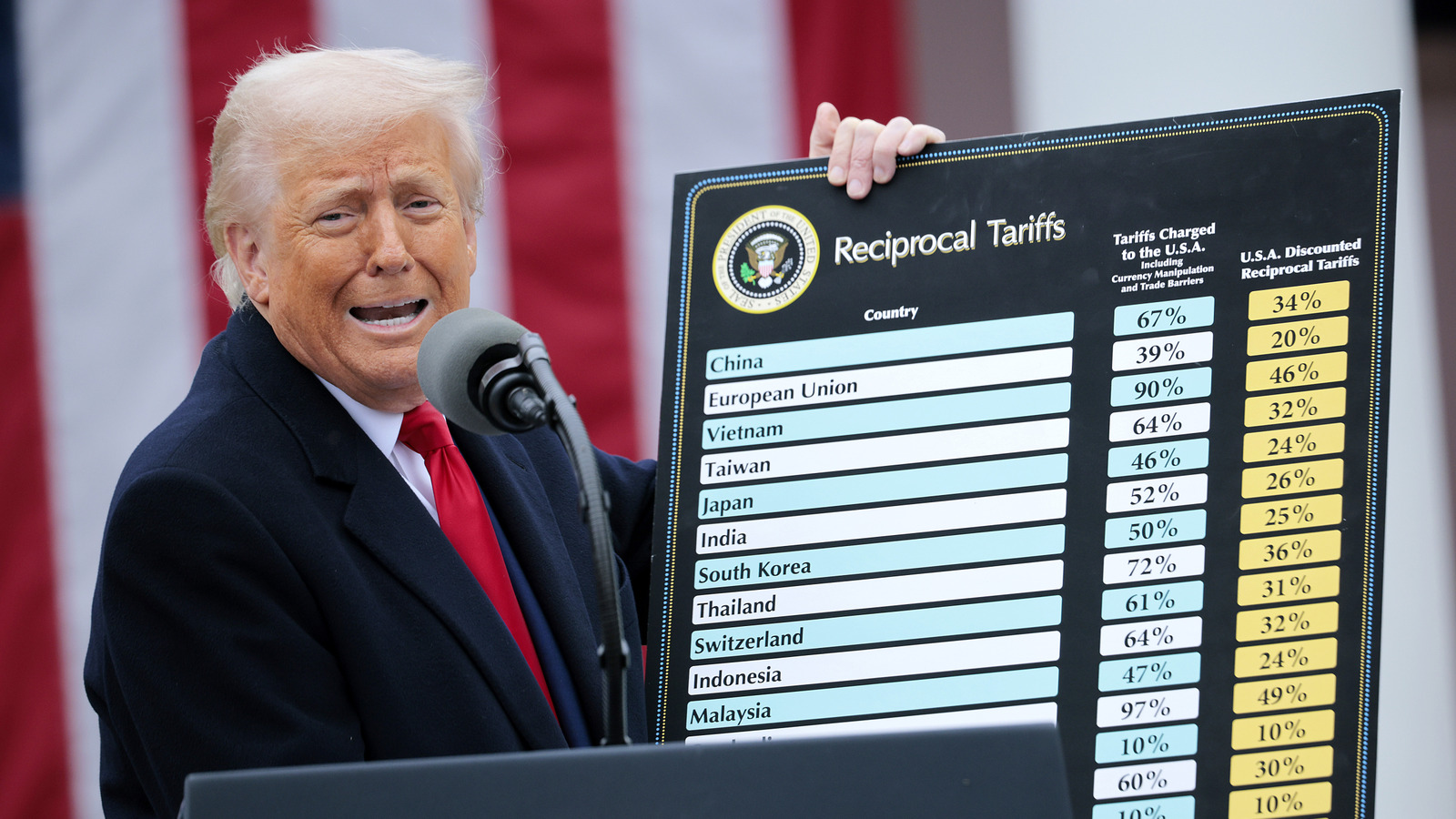
The Silent Squeeze: How Tariffs Are Reshaping the American Auto Industry
The automotive industry, a cornerstone of the American economy, is feeling the pinch of a silent crisis: tariffs. While headlines often focus on the grand pronouncements of policy, the real impact is playing out subtly, yet powerfully, in the everyday realities of car manufacturing and purchasing. The ripple effect is significant, impacting not just the bottom line of major automakers, but also the choices available to consumers and the overall health of the economy.
One of the most immediate consequences is the increased cost of imported parts. Cars aren’t built in isolation; they’re complex assemblies of components sourced from across the globe. Tariffs on imported steel, aluminum, and other materials directly translate into higher manufacturing costs for vehicles assembled in the US. This added expense doesn’t simply disappear; it’s passed down the line, resulting in higher prices for consumers. This is a hidden tax, quietly affecting every new car purchase and used car valuation.
Beyond the direct cost increase, tariffs are also creating a chilling effect on investment and innovation. Automakers, facing unpredictable and escalating costs, are naturally hesitant to commit to large-scale investments in new factories, technologies, or even expanded production lines in the US. Uncertainty breeds caution, and in this climate, hesitation translates to stagnation. This could stifle future advancements in electric vehicles, autonomous driving technology, and other crucial innovations that could benefit the American automotive industry in the long run.
The impact isn’t limited to domestic manufacturers. Foreign automakers are also reassessing their strategies in light of these tariffs. Some are opting to shift production away from the US, relocating manufacturing facilities to regions with more favorable trade policies. This not only leads to job losses in the US but also reduces the competition in the domestic market, potentially leading to less choice and higher prices for consumers.
The situation is further complicated by the complex interconnectedness of the global automotive supply chain. Tariffs on one component can trigger a domino effect, impacting the availability and cost of other parts, further escalating manufacturing costs. This intricate web of dependencies makes it difficult to predict the full extent of the economic fallout, leading to uncertainty among businesses and investors.
The long-term consequences of these tariffs are still unfolding, but the early signs aren’t encouraging. The automotive industry is a significant employer, contributing billions to the national economy. A weakening automotive sector poses a serious threat to jobs, economic growth, and overall national prosperity. The debate around tariffs often focuses on abstract notions of trade balances and national security, but the tangible impact on the lives of workers, consumers, and the industry as a whole needs to be carefully considered.
Moving forward, a more nuanced approach to trade policy is needed, one that balances the desire for protectionism with the realities of a globally integrated economy. Blindly imposing tariffs without fully understanding the potential consequences can inflict significant collateral damage on crucial sectors like the American auto industry, hindering its growth and competitiveness on the world stage. The future of this vital industry hinges on finding a path towards sustainable and predictable trade relations, allowing American automakers to thrive in the global marketplace.



Leave a Reply